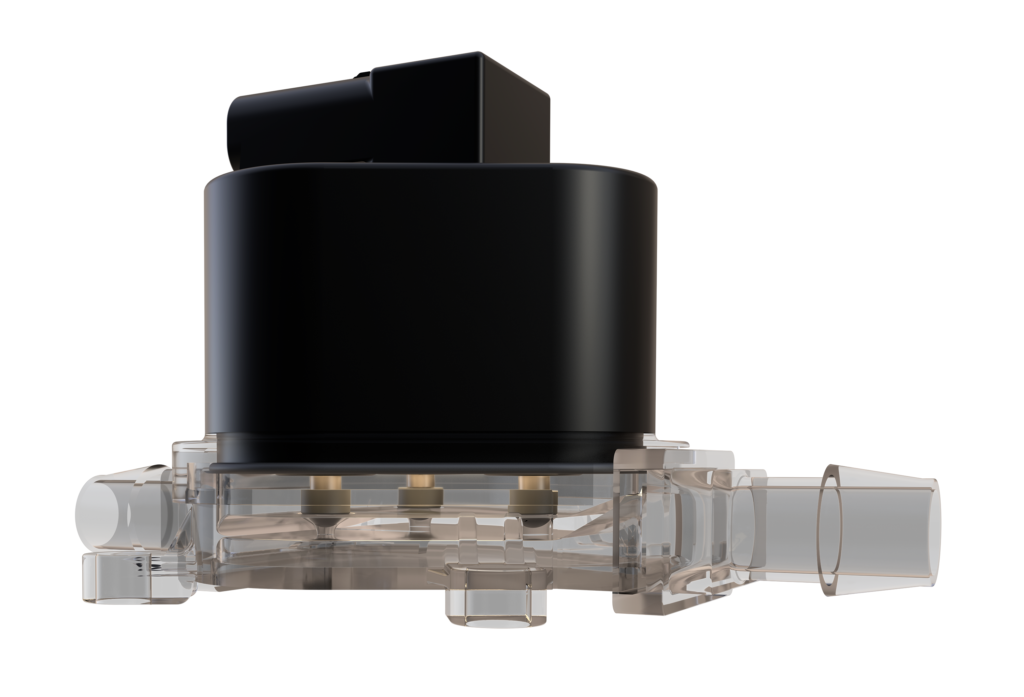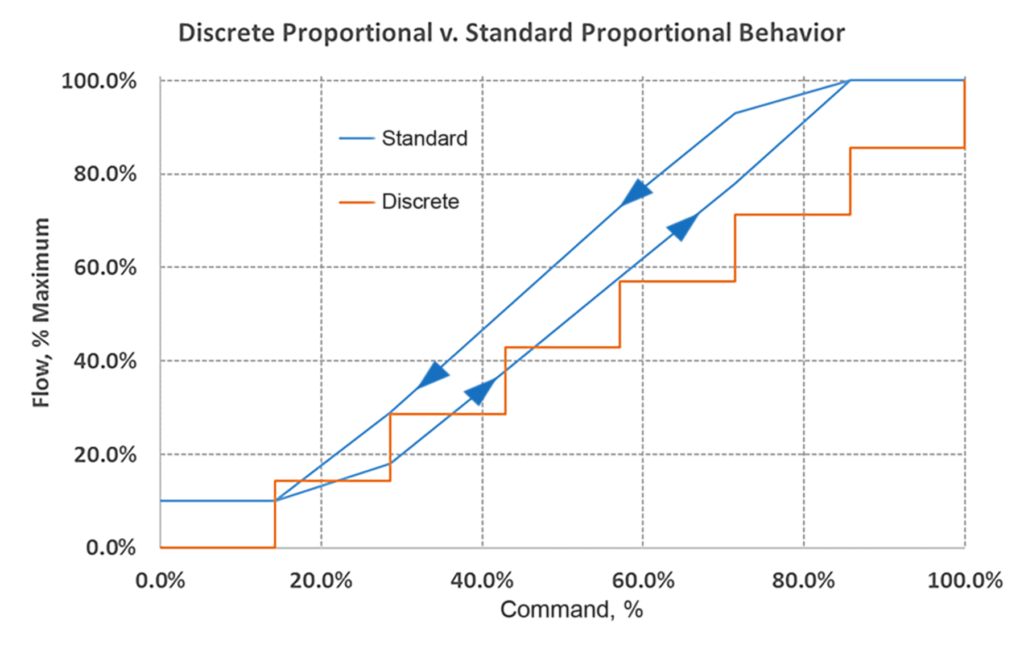The Senate parliamentarian is reportedly reviewing the incentive to make sure it meets budget rules.
Source: Electric Vehicle News
Tesla Stops Taking New Model S/X Orders Outside North America
Tesla tells Model S/X reservation holders in Europe it does that to speed up deliveries of their cars.
Source: Electric Vehicle News
We Drive All The EVs At Out Of Spec's EV Media Summit
Episode 88.
Source: Electric Vehicle News
Eviation unveils versatile interior of its electric plane with 440 miles of range

Eviation, the company behind one of the most advanced projects to deliver an all-electric aircraft for commercial services, has unveiled the interior of its electric plane with 440 miles of range.
It includes several configurations for different applications.
The post Eviation unveils versatile interior of its electric plane with 440 miles of range appeared first on Electrek.
Source: Charge Forward
Cornish Lithium secures £18-million investment from TechMet
Cornish Lithium has secured an investment package of up to £18 million ($24 million) from metals investment company TechMet. Cornish Lithium seeks to create a domestic supply of lithium and other battery metals for the UK. The company expects to benefit from TechMet’s knowledge of the battery metals supply chain, and its commercial and strategic relationships. Simon Gardner-Bond from TechMet will join the Cornish Lithium Board.
The new funding will enable Cornish Lithium to accelerate several projects, including the construction of a hydrometallurgical demonstration plant. The plant will help the company to optimize the low-carbon Lepidico processing technology for which it secured a 15-year royalty-free license in 2020. The company also plans to continue drilling geothermal evaluation boreholes and developing associated direct lithium extraction sites to continue the search for lithium contained in geothermal waters. These geothermal studies will also explore the possibility of using heat from the boreholes to decarbonize local industries in Cornwall.
Cornish Lithium from Cornish Lithium on Vimeo.
“This funding underpins the ambitions in Cornwall as we seek to progress our projects towards construction and commercial production. TechMet’s mission of building ethical and environmentally sound supply chains for the metals needed to ensure the success of the EV revolution is fully aligned with that of Cornish Lithium,” said Jeremy Wrathall, CEO of Cornish Lithium. “A material lithium supply gap is looming, especially in the UK, given the requirement for an estimated 75,000 tons of lithium carbonate equivalent by 2035. Cornish Lithium intends to position itself as a key player in the necessary supply chains to bridge that gap.”
Source: Cornish Lithium
Source: Electric Vehicles Magazine
GM confirms Chevy Silverado EV will be built in early 2023
 A top General Motors executive has confirmed that the Chevrolet Silverado EV will arrive in 2023, with production starting early that year. The timing, reported by Automotive News, is sooner than the late-2023 timeline previously suggested, yet it sets the Silverado EV—or Silverado E as it’s been called at times—up for an arrival…
A top General Motors executive has confirmed that the Chevrolet Silverado EV will arrive in 2023, with production starting early that year. The timing, reported by Automotive News, is sooner than the late-2023 timeline previously suggested, yet it sets the Silverado EV—or Silverado E as it’s been called at times—up for an arrival…
Source: Hybrid and Electric Car News and Reviews
Resonant Link says its wireless charging tech achieves 5-10 times lower power losses than others
Wireless charger manufacturer Resonant Link has been selected to participate in the Shell GameChanger Accelerator (GCxN), a collaboration between fossil fuel giant Shell and the US DOE’s National Renewable Energy Laboratory (NREL) that provides early-stage cleantech companies with resources to accelerate product commercialization.
By participating in the program, Resonant Link will benefit from NREL’s research capabilities, receive up to $250,000 in funding, and have access to networking opportunities through NREL’s Innovation and Entrepreneurship Center.
Resonant Link’s technology, the Multi-Layer Self-Resonant Structure (MSRS), was invented at Dartmouth College in 2013. The company says it achieves 5-10 times lower power losses than other wireless charging technologies. Resonant Link has demonstrated its technology with customers in the medical device, consumer electronics and electric mobility fields.
As part of the GCxN project, Resonant Link will partner with NREL to independently validate the performance gains of its SAE J2954-compliant charging coils.
“Through the GameChanger Accelerator, Shell and NREL will independently confirm the benefits of our breakthrough technology for automotive charging, with existing demonstrations showing 5 times lower losses than is even theoretically possible with conventional litz-wire-based coils,” said Dr. Grayson Zulauf, CEO of Resonant Link. “High-performance, cost-effective wireless charging solves one of the key friction points of EVs—the complexity and user experience of charging.”
“EV charging requirements remain a major barrier to wide-scale customer adoption, and the associated increase in demand for electricity poses risks to the electric grid,” said Yesim Jonsson, Shell’s GCxN program manager. “The companies in GCxN’s fifth cohort are developing technologies that will improve the efficiency and safety of electric vehicle charging.”
Source: Resonant Link
Source: Electric Vehicles Magazine
The ideal fluid control valve for EV thermal management
The increasing demand for EVs are driving design teams to search out innovative fluid management solutions for EV thermal management applications. Unlike internal combustion engines, which have relatively simple cooling systems, EV cooling systems must be able to manage multiple heat sources and sinks, each with specific optimal operating temperatures and flow rates.
The ideal proportional control valve for EV thermal management applications would be a valve that did not require steady-state power to hold a commanded position, would be capable of a true leak-free off state, would have a predictable and repeatable relationship between setting and flow (zero hysteresis), and would include a fail-safe condition when power is lost. Traditional proportional control valves do not share all these attributes. For example, stepper-driven rotary valves are a common extant solution and can achieve near-zero hysteresis and near-zero flow state, but they lack the capacity for a fail-safe mode. Additionally, the stepper motor and controller may add weight and cost to the system, and the rotating shaft seals are prone to leakage, inhibiting consistent performance. A better solution is desirable.
The discrete proportional valve system (DPV) is an innovative alternative that incorporates all the desirable attributes with none of the deficiencies of extant solutions. The DPV relies on a combination of binary (on-off) valves of differing flow coefficients housed in a single manifold to achieve a stepped approximation of linear response. The desired flow rate is achieved by opening and closing the valves in specific combinations.

In a traditional proportional valve, there is always some hysteresis induced by mechanical friction and magnetics. The DPV, by definition, achieves zero hysteresis because any given commanded flow state always results in the same valve members opening and/or closing in the same combination, resulting in the same repeatable flow coefficient. The resulting stepped approximation of linear response is a trade-off, but it allows the DPV to provide all the other desirable benefits. By incorporating latching solenoid design into the valve actuator, the DPV does not require steady-state power to hold a commanded state. With the latching design, only a short pulse of power is required to actuate the solenoid into the latched position. Permanent magnets hold the solenoid in the latched position without constant power, and a short pulse of power of opposite polarity is used to release the solenoid. The result of this technology is a valve system that maintains a commanded flow condition with zero power input.
A true zero-flow state is native to the DPV. Other forms of proportional control do not achieve a true zero-flow state and require very tight tolerances, resulting in increased cost and sensitivity to debris and wear. With the DPV design, debris tolerance can be tailored to the requirements of the application, and the solenoid actuator can be isolated from the fluid flow, limiting ingress of debris into the actuator.
Finally, the DPV’s control system easily accommodates fail-safe capability. The control system can be programmed to actuate the valve system to any specified safe condition upon power loss. A capacitor incorporated into the control circuit board provides the pulse of power needed to actuate the valve to the specified safe condition.
Because of the unique flow characteristics of DPV, design teams need to determine how the stepped flow rates are best configured for their system. Some critical considerations are determining how many flow stages are needed, how the flow rates should increase, and if the application requires an initial low-flow stage or a true zero-flow condition.
In once recent example, a design team working on the specifications for a thermal management system first determined that precision fluid control was not needed. They specified a valve system with only two DPV orifices with just four flow rates to save size, weight, and cost. Next, they confirmed that the valve’s initial position needed to be zero flow instead of low flow with a balanced increase in flow rate. With those specifications in mind, they determined the power requirements. Taking all these factors into account, the team was able to map out the best DPV unit for the project.
In another application, the design team determined they needed a system that would more closely resemble traditional proportional flow. They chose a DPV system with three latching solenoids (and related orifices) to provide eight valve positions. This configuration created a larger valve, but it still allowed the design team to make important adjustments related to orifice size and flow rates.
It is important to note that stepped flow rates will not replace traditional proportional technologies in every application. If precise linear control is not needed, the benefits of DPV will pay valuable dividends to the final system or product. Energy efficiency is a key consideration for many design teams, and if it is of particular importance, DPV should be evaluated. The chart below is a power consumption comparison between a traditional proportional valve and a DPV solution.

These energy savings are achievable because traditional proportional valves need power both to actuate and to hold a commanded position. A DPV only requires a short pulse of power to change state, and the commanded flow rate is maintained without steady-state power.
Discrete proportional valve solutions are ideally suited for fluid control in EV thermal management applications. They are energy efficient, have zero hysteresis, a true leak-free off state, and are capable of fail-safe operation. Additionally, the technology allows for customizations in flow rates and the number of flow positions to ensure the performance of each valve is matched to the system’s requirements.
Source: Electric Vehicles Magazine
Introduction to measuring power losses in motors and inverters
The battery life of a device is a crucial for the adoption of more electric devices. One of the main drivers for improving battery life is minimizing losses in the power conversion. Power losses happen for a variety of reasons in both the motor and inverter. In this presentation, we will review the basic sources of losses in electric machines and how to measure them, including copper, mechanical, and iron losses. We will also discuss the measurement uncertainty and identify whether or not you can trust a loss measurement.
The webinar, hosted by Charged on January 19, 2022 at 1:00 PM EDT, will include a live Q&A session.
Source: Electric Vehicles Magazine
GM CEO Mary Barra Talks Incentives After Musk's Subsidy Comments
Barra points out that government incentives may increase EV adoption.
Source: Electric Vehicle News





